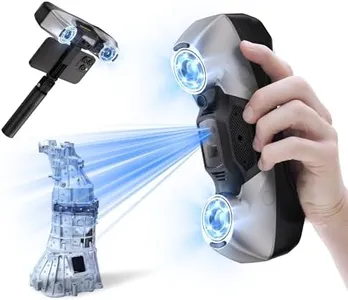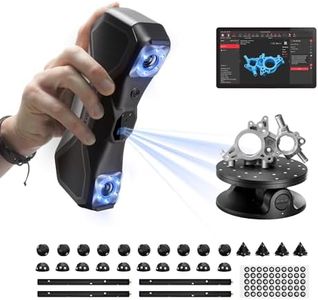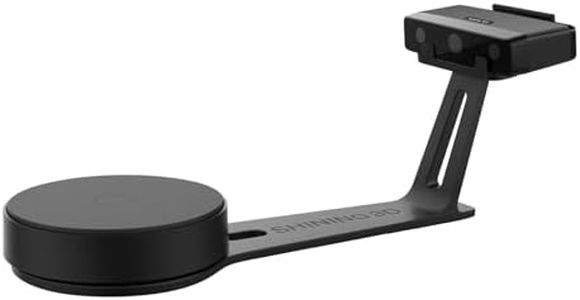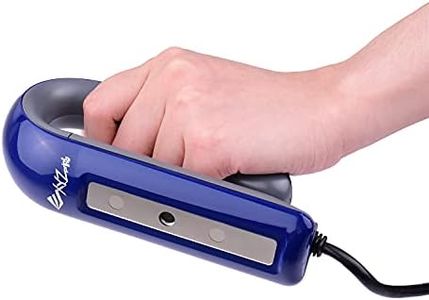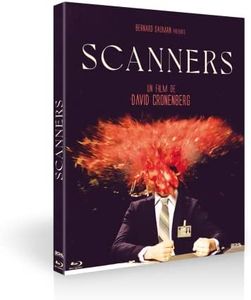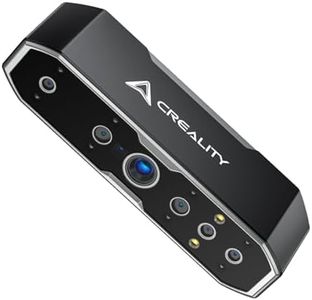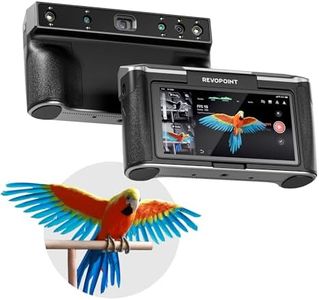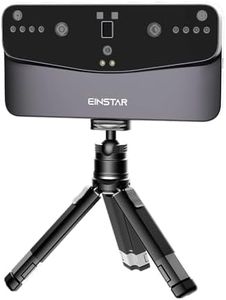We Use CookiesWe use cookies to enhance the security, performance,
functionality and for analytical and promotional activities. By continuing to browse this site you
are agreeing to our privacy policy
10 Best 3D Scanners
From leading brands and best sellers available on the web.By clicking on a link to a third party's website, log data is shared with that third party.
Buying Guide for the Best 3D Scanners
When shopping for a 3D scanner, it’s essential to think about what you want to scan and how you plan to use the scan results. 3D scanners can differ widely in how detailed, fast, and easy they are to use, so taking a moment to consider your project needs—whether it’s art, engineering, reverse engineering, or hobbyist tasks—will help guide your decision. By understanding the key features of 3D scanners, you can better evaluate which model best fits your workflow and expectations.Scanning TechnologyScanning technology refers to the way a 3D scanner captures the shape of objects. Common methods include laser triangulation, structured light, and photogrammetry. This matters because each technology affects accuracy, speed, and the types of materials you can scan. For instance, laser scanners often handle shiny or dark surfaces better and tend to be very precise, structured light works well for rapid scanning, and photogrammetry is great for capturing color information. To choose, match the capabilities to your need, such as high-detail scans for engineering versus simple shape capture for artistic projects.
AccuracyAccuracy describes how closely the scanned model matches the real-world object, usually measured in microns or fractions of a millimeter. Higher accuracy (smaller numbers) is critical for tasks like quality control or creating parts that must fit together, while lower accuracy is sufficient for casual or artistic work. Think about your intended uses: if exact measurements matter, opt for high-accuracy scanners; if you mostly need visual references, moderate accuracy will do.
Scan VolumeScan volume defines the maximum physical size of the objects the scanner can capture in one go. Some scanners are built for small items, like jewelry or dental molds, while others handle large objects, such as furniture or vehicles. Consider what sizes you expect to scan most frequently. For small, detailed items, a scanner with a smaller scan volume and higher resolution is best; for larger projects, seek a bigger scan volume to avoid stitching together multiple small scans.
ResolutionResolution is about how much detail the scanner can pick up, usually measured in millimeters or micrometers between points or pixels in the scan. Higher resolution captures finer details, which is great for sculptures, faces, or items with intricate patterns, but can create larger file sizes and longer processing times. Decide based on how much detail is truly necessary for your work or project; for general shapes, lower resolution may suffice, but for complex textures, seek higher resolution.
SpeedSpeed refers to how quickly the scanner can capture an object. Fast capture times are important in high-volume settings or when scanning living subjects (like people or animals) where movement can create errors. If speed is a priority for your workflow, look for scanners that advertise rapid scanning, but also be aware that sometimes, faster speed can mean less detail, so consider your balance between quality and efficiency.
PortabilityPortability is about how easy it is to transport and set up the 3D scanner. Some scanners are handheld and battery-powered for use in the field, while others are stationary and require a constant setup. If you’ll be scanning objects in various locations or outside a studio, a portable model might better suit your needs. If most scanning will be in a fixed location, a larger, stationary scanner could offer better features.
Software CompatibilitySoftware compatibility means how well the scanner’s software works with your computer and the types of files it can export. Some scanners come with their own software for processing scans, while others work with third-party 3D modeling programs. Make sure the system supports the file formats you need (like STL, OBJ, or PLY) and check that it runs on your computer’s operating system. If you have a particular workflow or editing process in mind, ensure the scanner’s software fits into that seamlessly.

